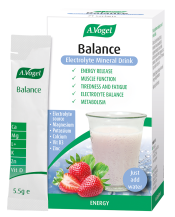What is a good cycling speed?

‘What is a good cycle speed?’ is a popular question amongst novice cyclists and the answer can depend upon a variety of different factors.
Where you cycle can impact your overall speed – if you’re having to chug up and down the rugged hills of the Scottish Highlands, the chances are that you’re probably going slower than someone cruising along the flatlands of East Anglia. You may also want to consider other issues such as your bike, your gear and even the weather.
The answer is that it can be difficult to determine what speed you should be aiming for. Some think that between 10-12 mph is a good goal to aim for if you are a new cyclist whereas a Tour de France cyclist will be aiming for double that speed, somewhere between 25-28mph!
What is your cadence?

Your cadence will also play a role in deciding your overall speed too. Cadence simply refers to the rate at which you can turn your pedals, deciding your overall wheel speed.
If you can manage a higher cadence, then theoretically your speed will increase, however a high cadence can be difficult to maintain and you will inevitably become fatigued over long distances.
It’s important to find a cadence that works for you – if your overall goal is to increase your cycling speed for a short ride then by all means, focus on increasing your cadence.
However, if you have a long-distance goal in mind, you may need to develop your technique and determine what cadence you can feasibly maintain without exhausting your body before you reach your goal.
How do I improve my cycle speed?
Whether you’re looking to improve your speed over short distances or prepping for a marathon, you should still set time aside and make sure you focus a few essential elements.
Your diet, how you exercise and what you do in your down time can have a huge influence over your cycle speed so below I’ve listed a few key issues that you should definitely consider if you’re aiming to increase your speed.
Eat the right foods
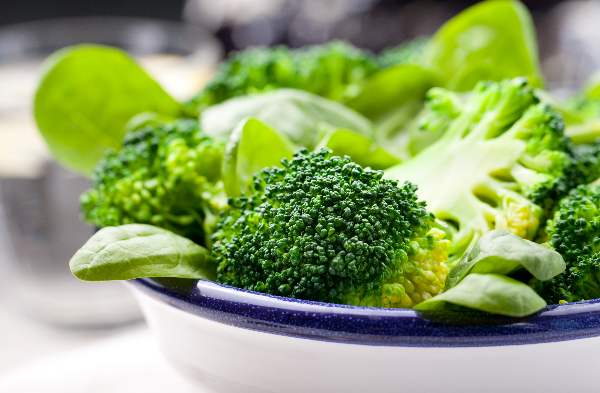
There’s no escaping the mantra ‘you are what you eat’ and in the case of cycling, food is extremely important.
Getting the right balance of protein, complex carbohydrates and fruit & veg can really have a positive impact on your cycle, helping to support your muscles and maintain your energy levels.
The first thing you should concentrate on is increasing your intake of protein. Protein is great for building muscle and is absolutely essential if you are exercising more frequently. If you are not vegan of vegetarian, think about including more white meat in your diet alongside oily omega-rich fish such as salmon or mackerel.
If you are vegan or vegetarian then don’t worry – tofu is a great source of protein, as are most nuts and pulses. However, if you really feel as though you are struggling, try to invest in an organic, chemical-free protein powder – Pulsin’s Soya Protein Powder is one of my personal favourites!
Once you have your protein intake under control, look to complex carbohydrates and fruit & veg. Complex carbohydrates such as brown rich, quinoa and wholemeal pasta are great for sustaining your energy levels, enabling you to keep pedalling for longer.
Green leafy vegetables usually have a high concentration of iron and other key minerals so they are a must-have. I’d also recommend focusing on vitamin C rich fruits too – think cherries, blueberries or oranges!
Finally, it’s also important to think about the things that you should avoid. Trans-fats, caffeine, refined sugars and alcohol – you know these things are bad for you. Not only do they overstress your nervous system, they can also be dangerous for your blood sugar levels. Trust me, the last thing you want to experience during the last leg of a cycle is a sugar crash.
Instead, consider exchanging your sugar-filled snacks for healthier alternatives!
Drink plenty of water

Dehydration is bad. This is not exactly a secret but you’d be amazed how many people forget about something as essential as drinking water. A lot of gym-goers and athletes are guilty of this too – after all, how many times have you walked past a vending machine at the gym, only to find that it’s loaded with lucozade and other purported ‘health drinks.’
If you are cycling, you are going to be sweating. If you are sweating, you are losing fluids and valuable electrolytes. Keeping yourself hydrated is really in your best interests, unless you fancy feeling like one of the zombies from The Walking Dead – sluggish, uncoordinated and not entirely amongst the living.
So when you venture out don’t be afraid to take a bottle with you. You could also try to include our Balance Mineral Drink, which is rich in electrolytes and trace minerals such as potassium. It’s also flavoured with strawberry giving it a delicious and appealing taste. You could bring a sachet along with you and just add it to your water bottle when you’re starting to feel a bit dizzy or fatigued. Just remember to give it a shake to make sure all the powder gets dissolved!
Be more aerodynamic
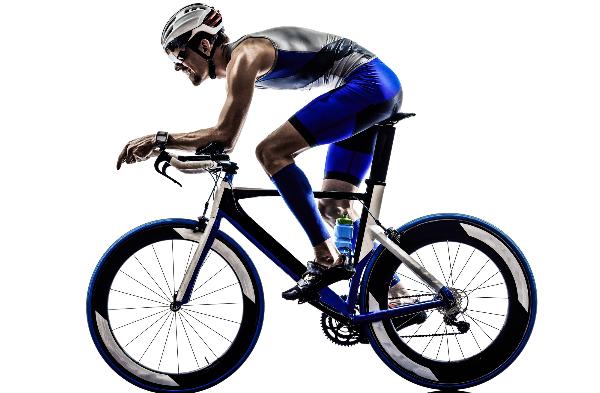
Your position on the bike and what you choose to wear can make a real difference in terms of your speed. Instead of wearing baggy clothing and slouching over the handlebars, try to opt for light clothing such as shorts or a vest.
Wind resistance can be a huge player in slowing you down so think about how you are sitting on the bike. Ideally your elbows should be tucked in and your body position should be low instead of upright, enabling you to slice easily through the breeze.
Unfortunately your weight can also play a role in determining how aerodynamic you are so try to maintain a good level of fitness. Keep an eye on your diet – you don’t have to lose tens of pounds, just make sure you’re not piling them on because you’re indulging in fatty takeaways or sugary treats.
Endurance training
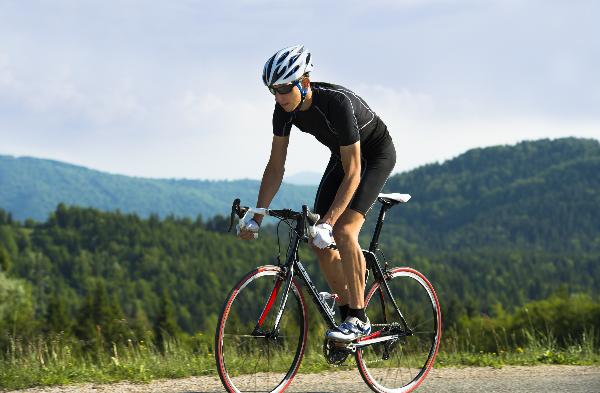
Improving your endurance is essential for increasing your speed, especially if you are new to cycling or planning a long-distance ride. It’s all very well being able to increase your cadence but it means nothing if you can’t sustain it over a suitable distance.
If you are a novice, the best way to train for endurance is to forget about your speed altogether, at least for the first few rides. Instead focus on adding a few miles onto your usual cycle – this should take you longer to complete but as you become more accustomed to the distance, you can work on picking up your speed.
This is usually when cadence intervals come into the picture. The concept is simple really – you pedal as fast and as hard as you can for an interval before having a rest period. If you are a beginner, start by hard cycling for about a minute before giving yourself a rest for at least five minutes. As you grow more confident, you can add more minutes to your hard cycle time and take minutes away from your rest period.
Some more experienced cyclists prefer to work to a pyramid scheme1that involves a 30 minute warm-up before 8 minutes of hard cycling, followed by a 4 minute recovery time. As you continue, you gradually shorten each interval going from 8 minutes of hard cycling to 4 minutes, with a 2 minute recovery time. Keep doing this until you reach 1 minute of hard effort and then start from the top again.
There are also a number of off-bike exercises you can do to increase your endurance. Squats are great for cyclists looking to improve their endurance or you could try doing some jumping jacks instead!
1http://www.active.com/cycling/articles/2-workouts-to-boost-your-cycling-speed
Work your core
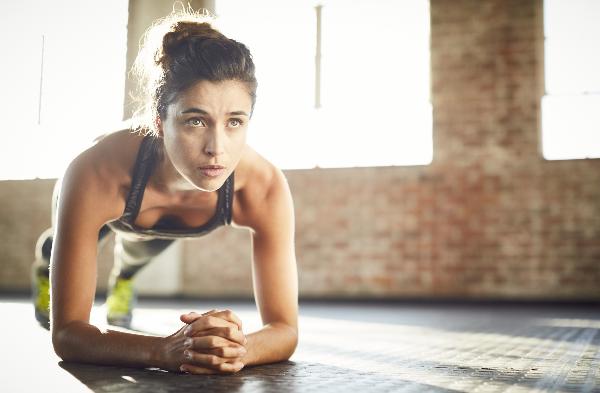
You’ve probably heard of ‘exercising your core’ but if you’re new to cycling, you may not understand what this means. When people speak about their ‘core’ they are in fact referring to a collection of complex muscles that include your pelvic floor muscles, your abs, diaphragm and internal and external obliques.
Strengthening your core is extremely important for almost every form of exercise – it promotes balance and stability, and encourages your muscles to coordinate. Having a strong and stable core can even help to prevent injuries and improve your posture!
It doesn’t matter how powerful your legs are – you won’t last long or be able to pick up speed if your core is neglected. Some core exercises that I find particularly effective are the plank and the seated Russian twist.
Rest and recover
Believe it or not, getting enough rest can contribute towards improving your cycle speed. You have to make sure that you are giving your muscles enough time to recuperate, otherwise you could spend your entire ride in a world of burning pain and stiffness!
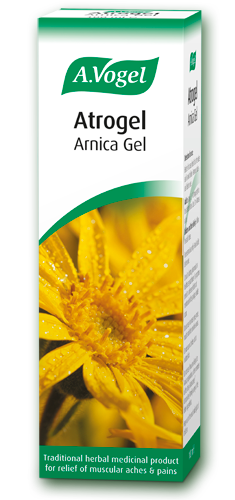
Instead make sure you do get enough down time and keep an eye on your sleep. Nothing will kill your stride quite like fatigue. Getting enough sleep is crucial for ensuring that you are able to function properly, particularly if you are aiming for a long-distance cycle.
If you do suffer from muscle pain, you should try and do something about it. If your pain is quite severe, don’t be afraid to speak to your doctor or take things easy for a few days. It’s important that you don’t push yourself beyond your limits otherwise you could risk doing some real damage.
If your muscle pain is not too intense, you could try using our Atrogel® Arnica Gel. Naturally soothing for aching joints and sore muscles, a little of this gel really does go a long way. This formula has been prepared using extracts of fresh arnica flowers and should not interfere with any other medicines that you may be taking.







